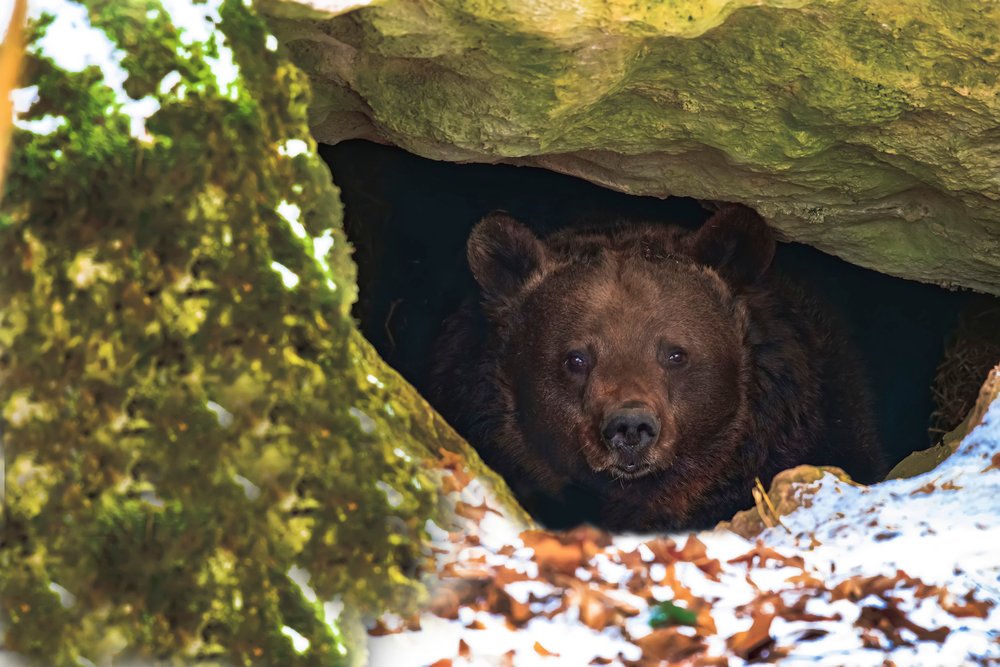Animals have evolved a myriad of strategies to survive in some of the planet’s most extreme environments. From scorching deserts to frigid polar regions, these creatures employ fascinating adaptations that enable them to find food, evade predators, and endure the elements. This article delves into eight survival tactics that different animal species use to thrive in harsh environments.
Adaptations to Extreme Temperatures

In environments where temperatures soar or plummet, animals have developed physical and behavioral adaptations to manage these extremes. For instance, the thick blubber of polar bears and penguins insulates them against the Arctic cold, while certain desert animals, like fennec foxes, have large ears to dissipate heat.
Efficient Water Conservation

Water scarcity is a significant challenge in arid regions. Animals such as camels and kangaroo rats have evolved to survive with minimal water intake. Camels can go days without drinking by metabolizing fat stored in their humps, while kangaroo rats obtain moisture from the seeds they eat and excrete highly concentrated urine to conserve water.
Seasonal Migration

Migration is a survival tactic used by many species to escape harsh conditions. Birds like the Arctic tern travel thousands of miles to find food and hospitable climates. This enormous journey helps them capitalize on abundant resources and avoid extreme weather conditions.
Hibernation and Torpor

To survive periods of food scarcity and extreme weather, some animals enter states of hibernation or torpor. Bears and ground squirrels lower their metabolic rate and body temperature during hibernation, enabling them to survive long periods without food. Similarly, the lesser-known torpor allows animals to withstand temporary cold spells by temporarily reducing their metabolic needs.
Camouflage and Mimicry

A vital survival mechanism in hostile conditions involves avoiding predators. Animals like the arctic hare use camouflage, turning their coats white in winter to blend with the snow. Others, like the mimic octopus, can change shape and color to imitate other dangerous species, thus deterring potential threats.
Specialized Feeding Strategies

Adapting diet to limited resources can be a lifesaver. The beaks of Galápagos finches have evolved in various shapes to specialize in different food sources. Similarly, in the African savanna, long-necked giraffes can reach high foliage inaccessible to other herbivores, reducing competition for food.
Social Structures and Cooperation

In challenging environments, social animals like meerkats rely on cooperation for survival. Living in groups allows them to work together to find food, raise young, and protect against predators. Such social structures can significantly enhance survival rates in harsh ecosystems.
Burrowing and Nesting Techniques

Many animals seek refuge from extreme conditions by burrowing or building nests. The Arctic fox digs into the snow to escape the freezing winds, while desert rodents construct underground burrows to avoid the scorching heat. These shelters provide safety from predators and unfavorable weather conditions.
Conclusion

The ingenuity of animal survival strategies in harsh environments highlights the adaptability and resilience of life on Earth. By learning from these natural adaptations, humans can better understand ecosystems and perhaps apply similar strategies to overcome challenges in a changing world. These remarkable tactics demonstrate that, in the face of adversity, evolution continues to shape the remarkable diversity and ingenuity of the animal kingdom.

Esther is from India; the heartbeat of South Asia, holding a Master’s degree in Zoology and a postgraduate diploma in Animal Welfare. Her enthusiasm for animal welfare drives her passion and dedication to working for animals, ensuring their well-being, and advocating for their rights. With a solid academic background and hands-on experience, she is committed to making a positive impact in the field of animal welfare. In her free time, she enjoys embroidery and sewing. As a Chennaite from Tamil Nadu, Esther loves Bharathanatyam, an Indian classical dance form.



